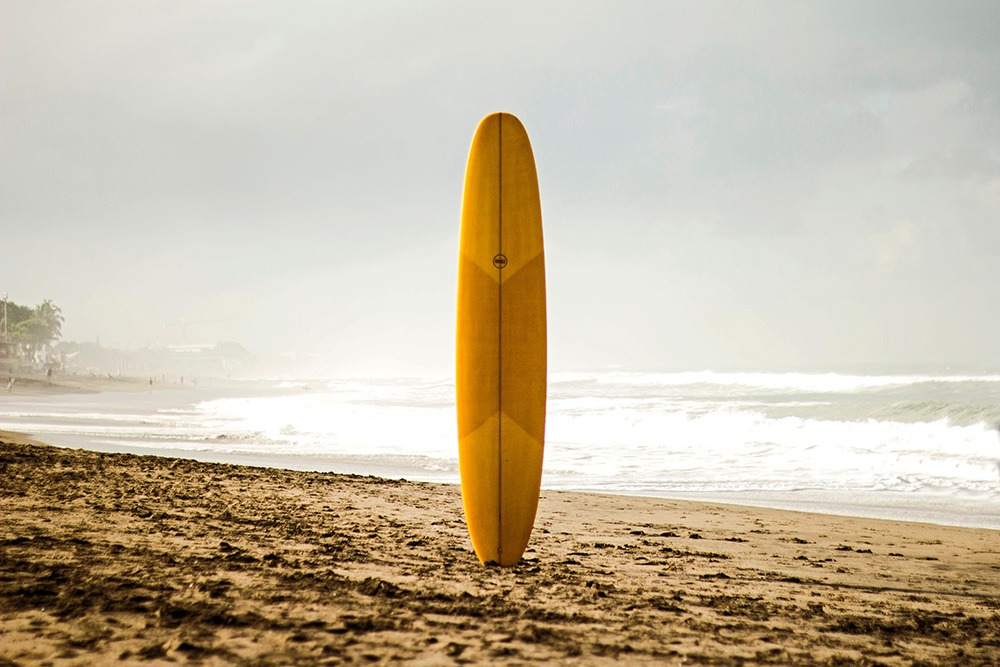How to Choose a Longboard
Chris Moleskie October 11th, 2018 Posted In: How-To Tags: Surfing
How to Choose a Longboard
You’ve been standing on the beach watching surfers, and now it’s time to try your hand at riding the waves. But first, you need the perfect friend. No, we don’t mean a surfing instructor (although they’re handy, too) – we mean a longboard. How to choose a longboard doesn’t have to be complicated. Read on to learn how to choose the right longboard for you.
What Is a Longboard?
A longboard is a surfboard that’s anywhere between eight feet long to over 12 feet long. However, most are just eight to 10 feet. The best longboard for beginners allows you plenty of room to stand and readjust your weight. They’re great whether you’re paddling on tiny waves, or working your way up to surf bigger ones.
Length
When figuring out how to choose a longboard, think of a car. A short car is (usually) more maneuverable, while a longer one will have a bigger turning radius. However, a longer board may feel more stable to a beginner.

Now that’s a longboard!
As a rule of thumb: shorter “performance boards” (8-10 feet) will allow you to perform more floaters and cutbacks. A longer board (over 10 feet) is great for cross-steps and nose riding.
Material
Modern longboards are usually made from sturdy, light PVC with a fiberglass coating. Some will have a line of balsa wood down the middle, to give the board a little bend. Traditionalists sometimes choose longboards made entirely of balsa wood. These are light, strong, and eco-friendly. Some swear by epoxy boards, which are cheaper, but light enough that they may be difficult to maneuver.
Thickness and Shape
Thicker boards (3+ inches) are heavier and float better (despite what you might think). These thicker boards are better at catching waves, but may be less responsive in the water.
In general, go for a board that’s built like you. If you’re heftier, get a thicker board. If you’re thinner, go for a thinner one (2.5 inches or so). Also, consider the curve underneath the board. A lot of curve will slow you down, which can be good or bad. However, it will be less forgiving when you adjust your weight.
Width
In general, narrow boards are good at navigating steep, tight waves. Wide boards are good at surfing softer, lower waves. Consider the beach and the season, and choose accordingly.
A longboard is a powerful tool in your surfing arsenal. You can use most any board to ride any wave, but if you choose poorly you’ll be in for a challenge. By choosing a longboard that matches your body type and surfing style, and considering the waves you’ll be riding, you’ll find it that much easier to use.

